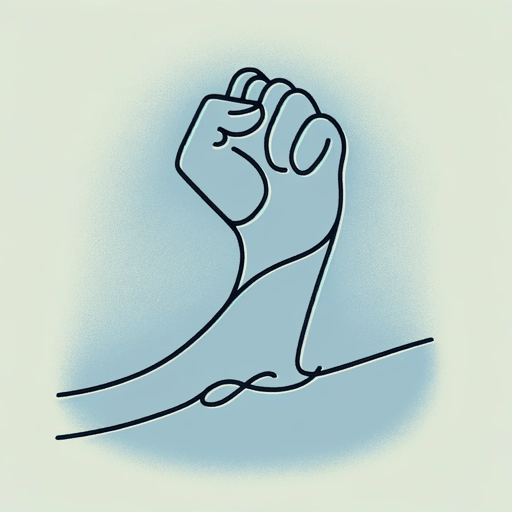21 pages • 42 minutes read
Gwendolyn BrooksThe Blackstone Rangers
Fiction | Poem | Adult | Published in 1987A modern alternative to SparkNotes and CliffsNotes, SuperSummary offers high-quality Study Guides with detailed chapter summaries and analysis of major themes, characters, and more.
Symbols & Motifs
Belafonte
“Belafonte” (Line 12) refers to Jamaican American musician Harry Belafonte, most known for his recording of the song “Day-O” (The Banana Boat Song)” (1956) and his explicit political support for Black liberation movements, including the nonviolent protests organized by groups associated with Martin Luther King, Jr. Belafonte created music to advance his cause.
Belafonte is a symbol of the potential for Black art to be a channel for achieving Black liberation. The Blackstone Rangers’ “Concerts / are not divine” (Lines 21-22) because they make their presence felt with group violence instead of art.
Stokely
“Stokely” (Line 13) refers to Stokely Carmichael, a political figure who went from nonviolent political action as a student to black militance, and then to Pan-Africanism (the notion that it would take a global movement to free people of the African Diaspora).
Carmichael is thus a symbol of young people’s fruitless search for effective politics. The Blackstone Rangers aren’t interested in exploring other forms of affiliation because they’ve found one that works in their small corner of the world.
Rap
“Rap” (Line 13) symbolizes the evolution of Black political thought on the uses of violence and the importance of Black Power on a global scale. “Rap” (Line 13) refers to H.
Related Titles
By Gwendolyn Brooks

A Bronzeville Mother Loiters in Mississippi. Meanwhile, a Mississippi Mother Burns Bacon
Gwendolyn Brooks

A Sunset of the City
Gwendolyn Brooks
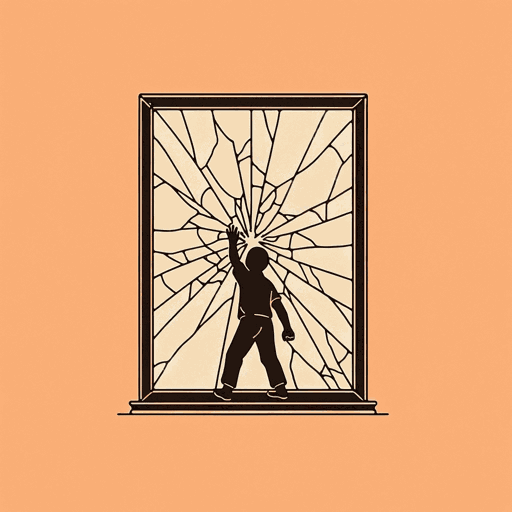
Boy Breaking Glass
Gwendolyn Brooks

Cynthia in the Snow
Gwendolyn Brooks

Maud Martha
Gwendolyn Brooks

my dreams, my works, must wait till after hell
Gwendolyn Brooks

Speech to the Young: Speech to the Progress-Toward (Among them Nora and Henry III)
Gwendolyn Brooks

The Ballad of Rudolph Reed
Gwendolyn Brooks

The birth in a narrow room
Gwendolyn Brooks

The Chicago Defender Sends a Man to Little Rock
Gwendolyn Brooks
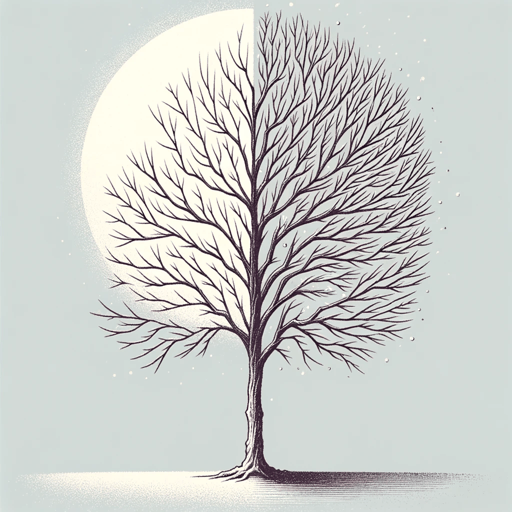
The Crazy Woman
Gwendolyn Brooks

The Lovers of the Poor
Gwendolyn Brooks
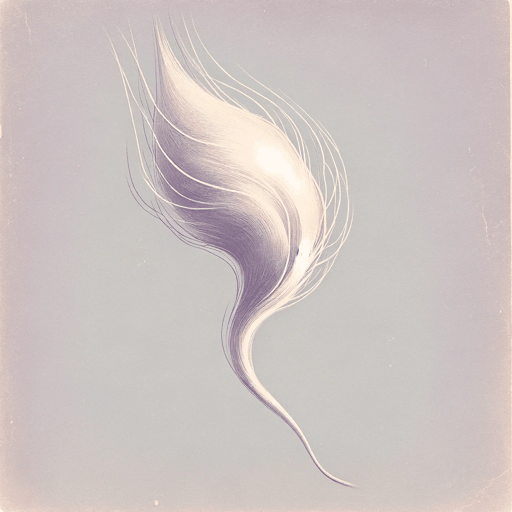
The Mother
Gwendolyn Brooks

the rites for Cousin Vit
Gwendolyn Brooks

To Be in Love
Gwendolyn Brooks
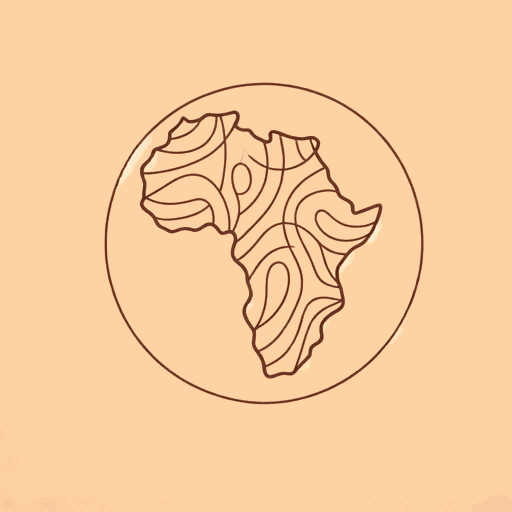
To The Diaspora
Gwendolyn Brooks
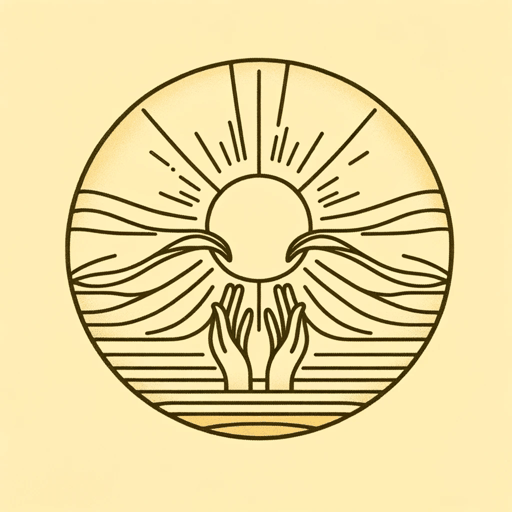
Ulysses
Gwendolyn Brooks

We Real Cool
Gwendolyn Brooks
